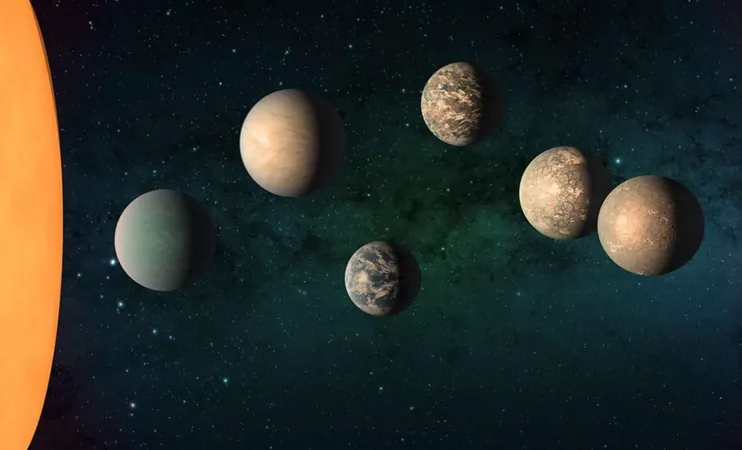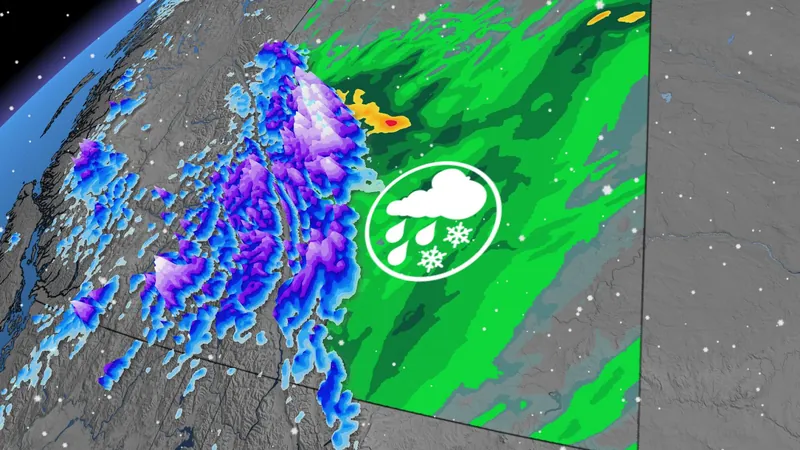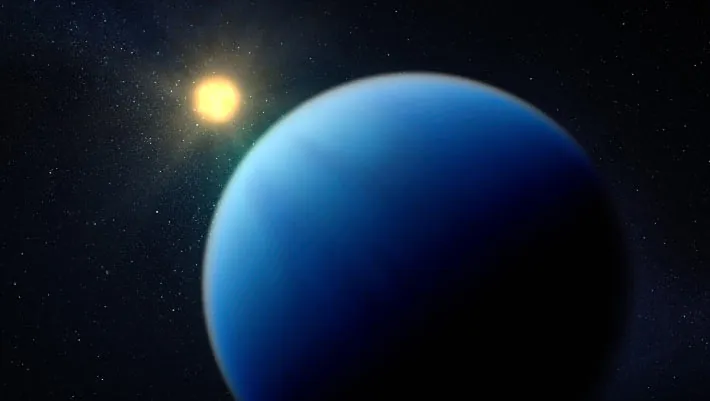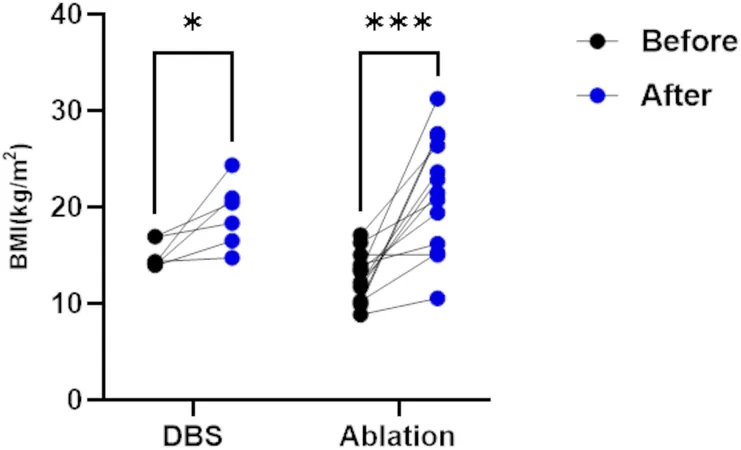
Revolutionary Discovery: A New Class of Super-Earths Found in Unexpected Orbits!
2025-04-25
Author: Noah
Unveiling a Cosmic Mystery
A stunning new study reveals that super-Earths—rocky planets larger than our own but smaller than Neptune—may be much more common in the universe than scientists ever imagined. Researchers utilizing data from a gravitational microlensing event have made an eye-opening discovery of a small planet orbiting its star at a distance comparable to Saturn's, defying the long-held belief that these massive planets only reside close to their stars.
Groundbreaking Research Unleashed
Published on April 24 in the prestigious journal Science, the research harnessed data from the Korea Microlensing Telescope Network (KMTNet). This formidable trio of telescopes located in Chile, South Africa, and Australia continuously monitors the southern sky, unveiling secrets previously hidden from our understanding.
Super-Earths: More Common Than We Thought!
Traditionally, most known super-Earths were detected within one astronomical unit (AU) of their stars—essentially the same distance as Earth is from the Sun. However, the recent find associated with the microlensing event OGLE-2016-BLG-0007 reveals a super-Earth on a much broader orbit, around 10 AU, akin to where Saturn lies.
Jennifer Yee from the Center for Astrophysics at Harvard & Smithsonian commented, "We found a small planet in an orbit similar to Saturn's. This finding suggests that super-Earths located between Earth and Saturn are far more abundant than we previously thought." This has profound implications, hinting that past models may have seriously underestimated the number of these distant, rocky worlds, primarily due to the challenges in detecting them using conventional methods.
Rethinking Planet Formation and Habitability
The study bolsters the theory of two distinct populations of planets: one consisting of super-Earths and Neptunes, and another made up of gas giants. This differentiation likely indicates varying formation processes. Super-Earths may develop in areas of the protoplanetary disk where gas and dust accumulate more leisurely, while gas giants form rapidly in more massive regions.
Interestingly, the presence of super-Earths in Jupiter-like orbits prompts a reevaluation of their habitability potential. Though these orbits exist beyond the habitable zone in our solar system, they might very well lie within the so-called "Goldilocks zone" of hotter stars, where conditions could allow for liquid water.
Yee explains, "The habitable zone we're looking at for other planetary systems is incredibly narrow. Our expectations are heavily influenced by Earth, the one place where we’ve definitively found life. However, nature has a way of continually surprising us!" This emerging evidence lends credence to the idea that life-supporting environments could be found far from stars, expanding the possibilities for habitable conditions in exoplanetary systems.
The Microlensing Method: A Glimpse into the Future of Planet Detection
This groundbreaking discovery was made possible through the microlensing technique, an innovative method leveraging the gravitational lensing effect first predicted by Albert Einstein. When a massive object like a star passes in front of a distant light source, its gravitational field bends and magnifies the light, offering a glimpse into potential planets orbiting that star.
Yee notes, "Microlensing is excellent for detecting planets near the Einstein radius, which is somewhat of a whimsical coincidence of physics." The technique’s heightened sensitivity makes it invaluable for spotting small, cold planets in distant orbits—many of which remain undetected by other methods. The success of KMTNet showcases its capability to routinely identify these smaller planets, crucial for accurately gauging exoplanet populations.









 Brasil (PT)
Brasil (PT)
 Canada (EN)
Canada (EN)
 Chile (ES)
Chile (ES)
 Česko (CS)
Česko (CS)
 대한민국 (KO)
대한민국 (KO)
 España (ES)
España (ES)
 France (FR)
France (FR)
 Hong Kong (EN)
Hong Kong (EN)
 Italia (IT)
Italia (IT)
 日本 (JA)
日本 (JA)
 Magyarország (HU)
Magyarország (HU)
 Norge (NO)
Norge (NO)
 Polska (PL)
Polska (PL)
 Schweiz (DE)
Schweiz (DE)
 Singapore (EN)
Singapore (EN)
 Sverige (SV)
Sverige (SV)
 Suomi (FI)
Suomi (FI)
 Türkiye (TR)
Türkiye (TR)
 الإمارات العربية المتحدة (AR)
الإمارات العربية المتحدة (AR)